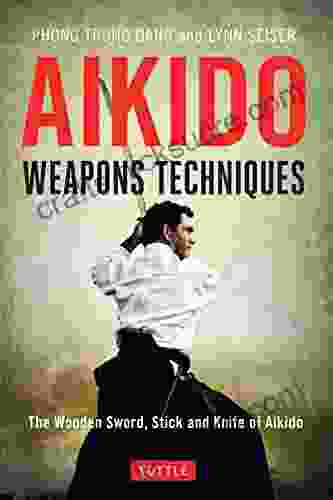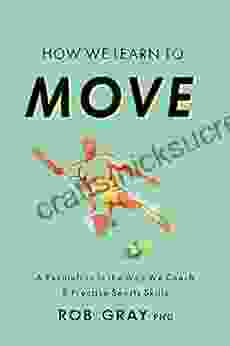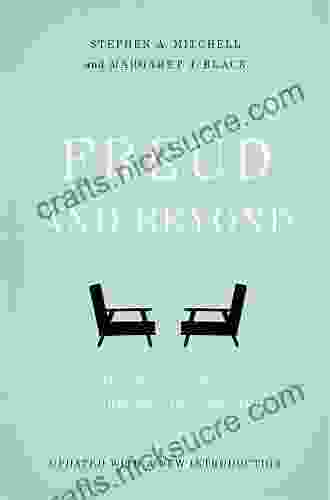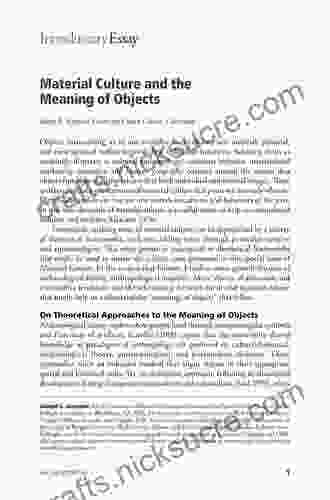Aikido, the renowned Japanese martial art, is renowned for its elegant and effective self-defense techniques that emphasize non-violent conflict resolution. Integral to the practice of Aikido are three essential wooden tools: the sword (bokken),stick (jo),and knife (tanto). These seemingly innocuous objects hold profound significance, serving as both training implements and symbols of the art's principles and values.
4.5 out of 5
| Language | : | English |
| File size | : | 7400 KB |
| Text-to-Speech | : | Enabled |
| Screen Reader | : | Supported |
| Enhanced typesetting | : | Enabled |
| Print length | : | 146 pages |
The Wooden Sword (Bokken)
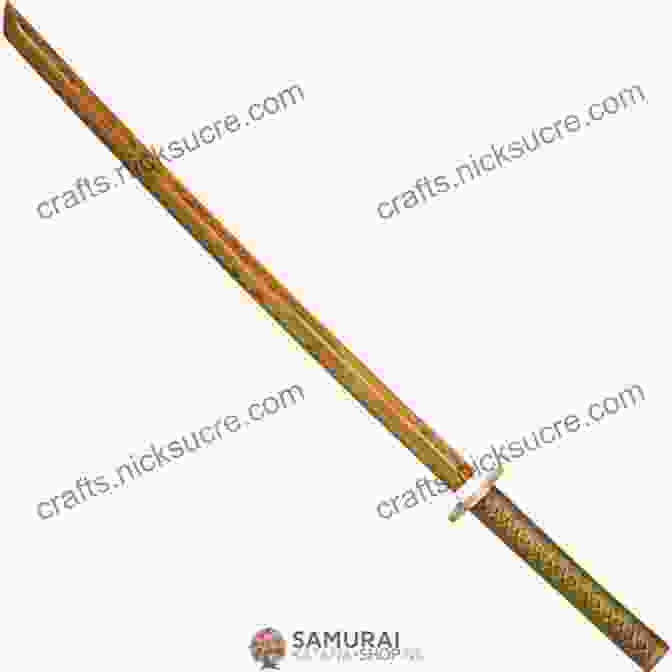
The wooden sword, or bokken, is a replica of the traditional Japanese katana. It is typically crafted from hardwood, such as oak or bamboo, and replicates the shape and weight distribution of the actual weapon. In Aikido, the bokken is used for both training and demonstration purposes, providing practitioners with an accessible and safe means to hone their swordsmanship techniques.
The bokken plays a crucial role in developing physical coordination, balance, and power. Through repetitive practice, students learn to wield the sword with precision, control, and speed. Additionally, the bokken fosters mental focus, discipline, and situational awareness. By training with a simulated weapon, practitioners cultivate the ability to respond instinctively and effectively to potential threats.
The Stick (Jo)
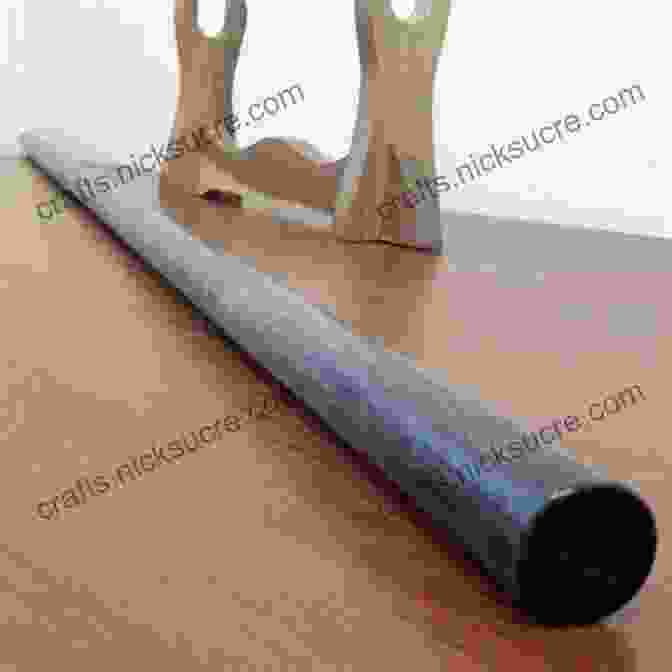
The jo is a wooden staff, approximately 4 feet in length, that serves as a versatile training tool in Aikido. It is often made from hard woods like oak or hickory, providing durability and strength for rigorous use. The jo is employed to develop a wide range of skills, including strikes, blocks, throws, and joint locks.
Training with the jo enhances physical coordination, flexibility, and endurance. The dynamic nature of jo techniques requires practitioners to adapt their movements quickly and fluidly. Furthermore, the jo promotes the development of a strong grip, crucial for effective grappling techniques. On a mental level, jo practice fosters patience, perseverance, and adaptability.
The Knife (Tanto)
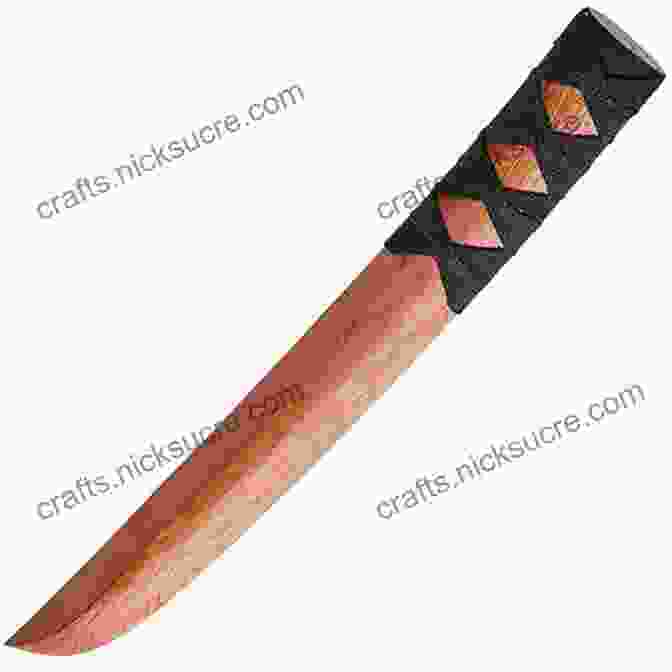
The tanto is a wooden replica of the traditional Japanese knife, a short, single-edged blade. In Aikido, the tanto is primarily used for close-range self-defense techniques. It is designed to train practitioners in the proper use and handling of a knife, emphasizing safety and control.
Tanto practice develops agility, coordination, and situational awareness. It teaches students how to effectively neutralize an opponent's knife attack, as well as how to utilize the knife for self-defense purposes. On a deeper level, tanto training fosters a heightened sense of responsibility, as it requires practitioners to develop a profound respect for the potential lethality of the weapon.
Symbolism and Philosophy
Beyond their practical applications, the wooden sword, stick, and knife in Aikido hold deep symbolic and philosophical significance. They embody the principles of non-violence, harmony, and the pursuit of self-mastery.
The sword represents the warrior spirit and the ability to defend oneself against adversity. However, it is not intended for aggression or violence. Rather, it symbolizes the power of compassion and the courage to confront challenges with wisdom and restraint.
The stick symbolizes flexibility and adaptability. It teaches practitioners to yield and redirect the force of an opponent's attack, rather than meeting force with force. The stick also represents the unity of body, mind, and spirit, as it requires the user to coordinate all aspects of their being to effectively wield it.
The knife embodies the principle of self-defense. It represents the ability to protect oneself from harm while minimizing the risk of injury to the attacker. The knife also symbolizes the importance of situational awareness and the need to respond appropriately to threats.
The wooden sword, stick, and knife are essential tools in the practice of Aikido, offering a comprehensive approach to self-defense, physical training, and mental development. Through the study and practice of these weapons, practitioners cultivate a deep understanding of the art's principles and values. They embody the harmonious integration of physical, mental, and spiritual aspects, empowering individuals to navigate life's challenges with grace, confidence, and compassion.
Whether for self-defense, personal growth, or the pursuit of martial arts mastery, the wooden sword, stick, and knife of Aikido offer a unique and rewarding path to self-discovery and empowerment.



